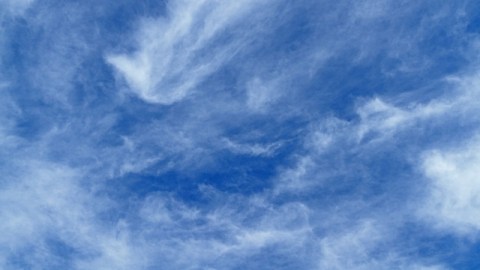High Above Us, Bacteria Are Thriving

What’s the Latest Development?
A paper published Monday in Proceedings of the National Academy of Sciences describes a thriving and diverse population of bacteria and fungi living about 30,000 feet above the Earth’s surface. The researchers boarded a NASA aircraft that flew into the lower atmosphere over the Caribbean and the Atlantic Ocean and allowed them to collect air samples in a variety of environments, including those existing before and after hurricanes. They were able to identify 17 different types of bacteria; among them were microbes commonly associated with human and animal feces, such as Streptococcus.
What’s the Big Idea?
Until now, studies of airborne bacteria were done from the ground, and the highest researchers got were the tops of mountain peaks. Study co-author Athanasios Nenes said he and his colleagues were surprised to encounter so much microbial life at that altitude, and that their existence has implications for the climate as well as the spread of illness: “Once you get to that altitude, if you can survive, you can…start out in Europe and end up in Asia.” Although the findings are fascinating, bacteriologist David Sands says there’s still a ways to go before proving that the bacteria are doing anything “other than waiting for their slow fall back to Earth.”
Photo Credit: Shutterstock.com
Read it at The Los Angeles Times





